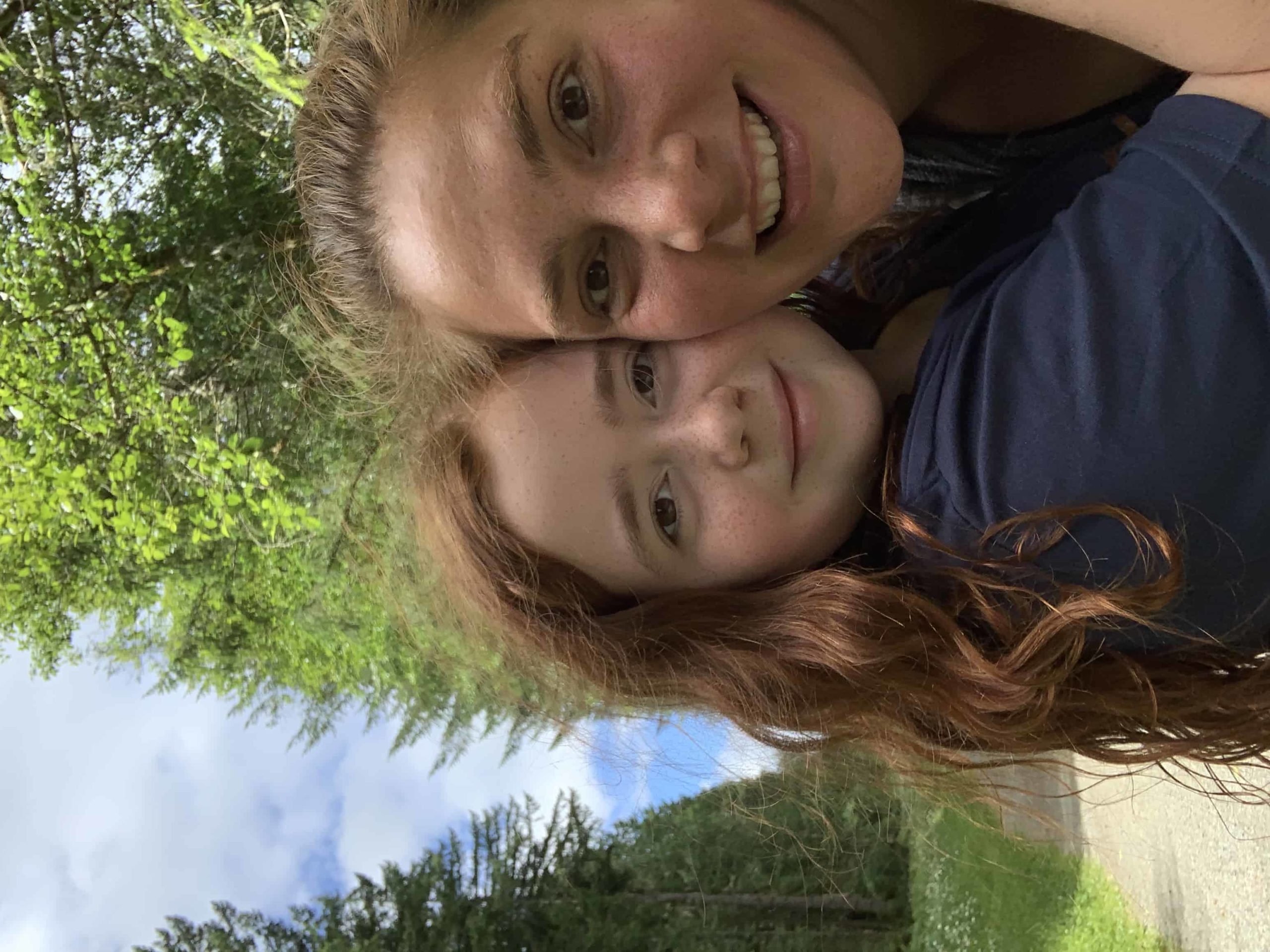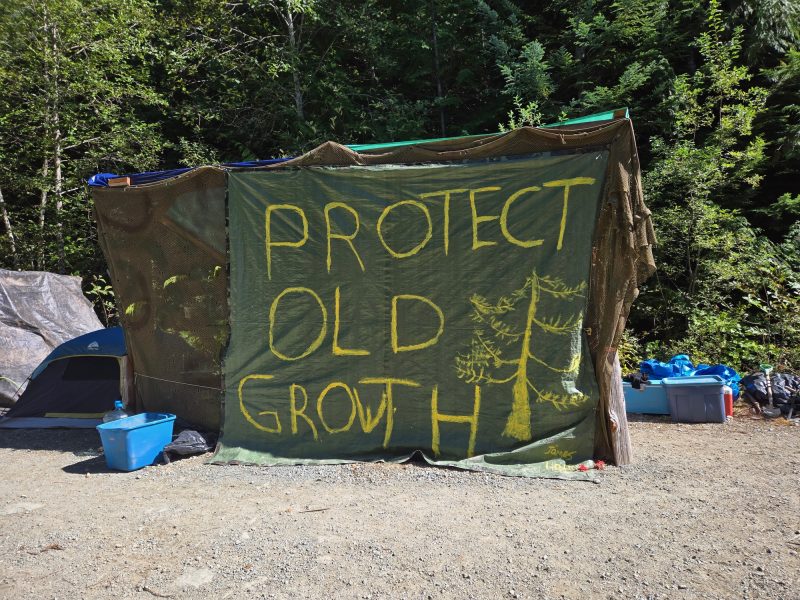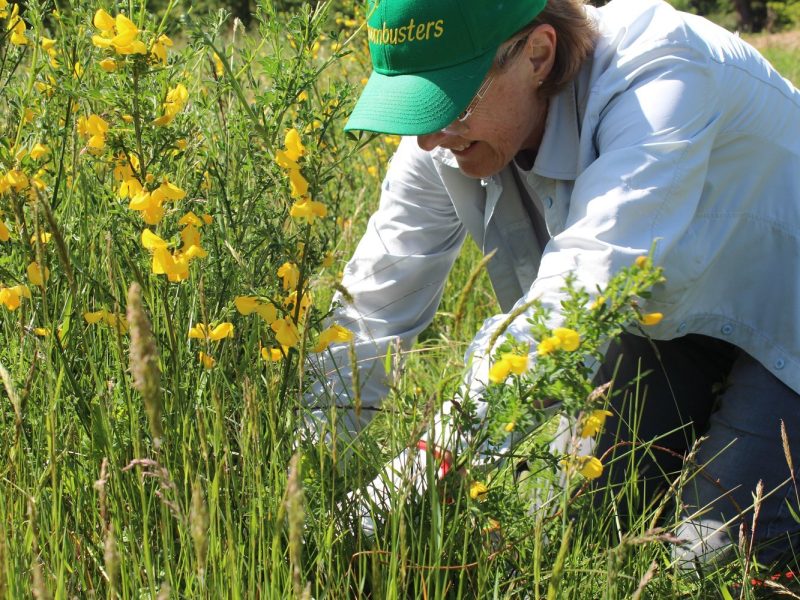
A unique Indigenous-specific Parent Advisory Committee (PAC) is making a difference at a Victoria-area school.
At the French-language École Victor-Brodeur in Esquimalt, a group of five families work alongside the existing PAC to address the specific needs of their children and other Indigenous students.
PACs are volunteer groups of parents that exist at every public school. They advise school officials on various matters and make school decisions, such as those around lunch and after school programs, or student events.
Ruth Young, a parent on the Indigenous PAC at École Victor-Brodeur, says having Indigenous voices at the table is crucial — but at many schools, that representation is lacking.
The result is that non-Indigenous parents often end up making decisions that feel like checking a box as Young explains “I don’t want to see dream catchers all over the school and people thinking that [because] they have dream catchers they have ticked the box, I think it helps prevent those kinds of patting yourself on the back approaches.”
“Leadership can have very good intentions, but good intentions don’t always result in the best initiatives for Indigenous students or changing the experience of Indigenous students,” says Young.
“Having the involvement of Indigenous parents in the advisory, particularly to direct how to use the funds that they get for Indigenous students, is really important.”
Young, who is northern Quebec James Bay Cree on her mother’s side, is also the director of Indigenous initiatives at University of Victoria’s Faculty of Law and involved in student recruitment there.
She was a high school teacher before moving to Victoria, now in graduate studies looking at the dual roles of Indigenous leadership in post-secondary institutions.
Young says at her daughter Ella’s school, the Indigenous PAC provides direction, guidance and advice on how best to utilize the funds that come in for the Indigenous students.

Young says oftentimes funds are put into lighter, less serious activities that don’t teach awareness and understanding of the historical and contemporary realities for Indigenous Peoples.
Young explains that there is a set amount of money that comes into the school for engagement and relationship-building, based on the number of Indigenous students. It’s the Indigenous PAC’s job to find ways to use those funds in a strength-based capacity.
She says the PAC has been working to allocate funds toward “meaningful school wide initiatives,” around subjects such as the history and ongoing impact of residential schools.
“[École Victor-Brodeur] is really starting to engage in a lot more meaningful ways and I think it’s because of the involvement of the Indigenous parents in those divisions,” she says.
There’s more authentic engagement she says, and the school environment has begun to shift with the types of materials that the library receives, and the types of professional development the teachers have access to — all thanks to the involvement of the Indigenous PAC.
Young herself has gone into the school to speak to students about the impact of residential schools and the importance of participating in Orange Shirt Day to help students understand its significance.
Before the COVID-19 pandemic necessitated new restrictions across the province, the Indigenous PAC was meeting at least four times a year. Young understands that not every district has an Indigenous-specific PAC and it’s something she says she doesn’t take for granted.
She says she sees the difference between a general PAC and an Indigenous PAC, and where the school can bring their questions to the Indigenous PAC to help make important decisions.
Young still attends regular PAC meetings, as well as Indigenous PAC meetings, but it’s the Indigenous PAC she sees as having the most long-lasting impact on the school and students by providing culturally-relevant support to Indigenous students and families.
“When it is for the Indigenous PAC I almost feel like Ella’s not there with me, but I feel like it’s time with my daughter, because everything has to do with her and her learning, her experience,” she says.



